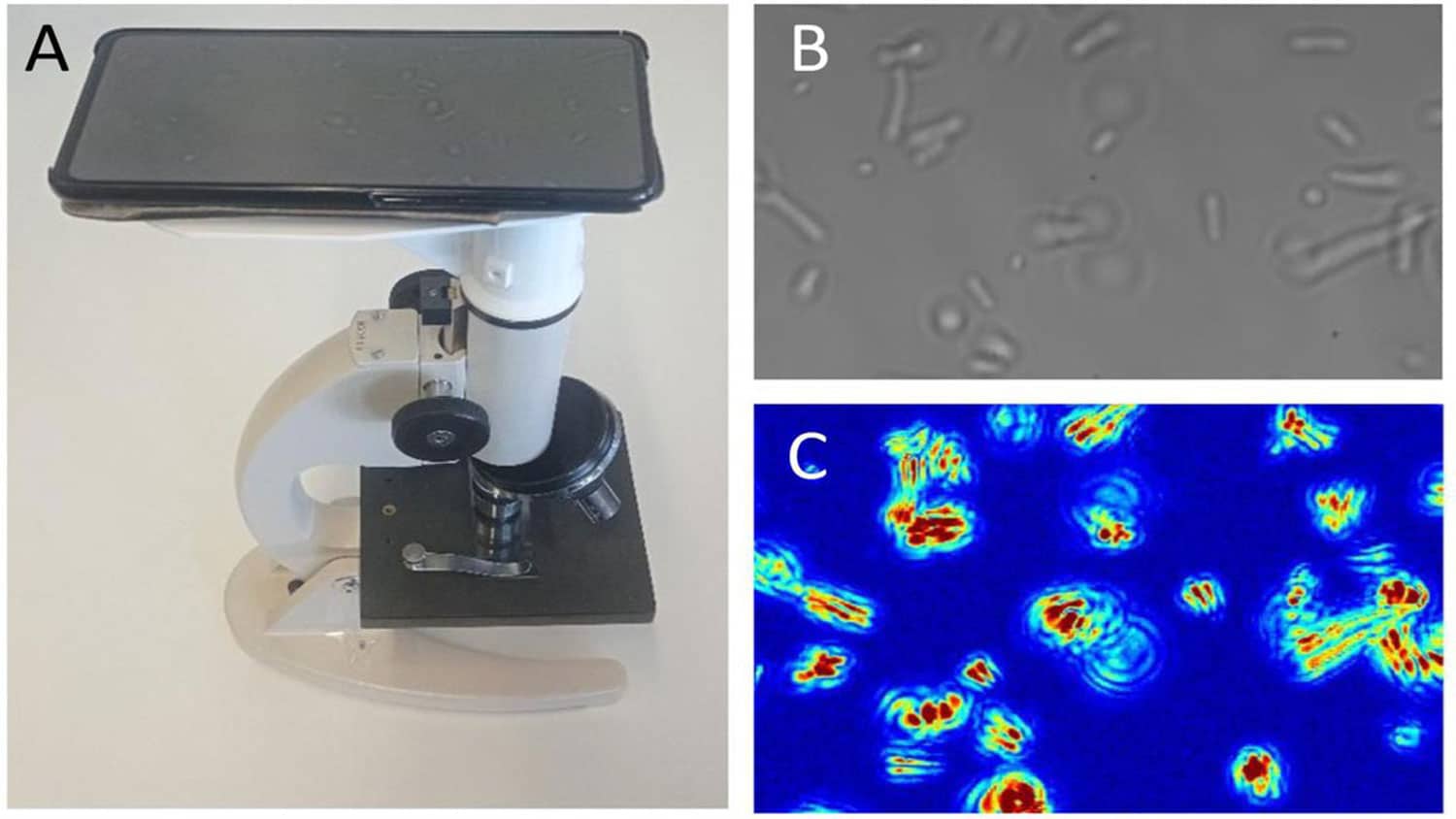A research team led by Max Planck Institute for Evolutionary Anthropology and Flinders University scientists has successfully extracted ancient DNA from a collection of undisturbed blocks of Pleistocene sediment recovered from 13 archaeological sites in Europe, Asia, Africa and North America and soaked in synthetic plastic-like (polyester) resin as long as four decades ago.
Surface of a section of undisturbed block of sediment from Denisova Cave. Image credit: Mike Morley / Flinders University.
Flinders University geoarchaeologist Mike Morley and colleagues explored how ancient human, animal and plant DNA can be preserved in blocks of resin-soaked sediment for tens of thousands of years.
“The preservation that comes from fixing the sediment in resin allowed our team to pinpoint at the micro-scale the origins of DNA within the chaotic mix of sediments and organic components, showing that there are ‘hot spot’ concentrations of genetic material in bone and fossil feces,” Dr. Morley said.
This means that stockpiles of resin-impregnated archaeological sediment could become the next frontier of research in the quest for major discoveries about human and plant evolution.
“This research not only sheds light on the little known complexities of how sediment forms in these sites over tens of thousands of years, but also opens up a new era of ‘scientific excavation’ of archaeological sediments stored in laboratories around the world,” Dr. Morley said.
“In an era of restricted travel, these blocks of fixed sediments could be used to curate sediment DNA (sedaDNA) that are preserved within microscopic fragments of bone and coprolite of the animals and humans of that time.”
The researchers examined blocks of sediment from Denisova Cave, a site located in the Altai Mountains in south-central Siberia where ancient DNA from Neanderthals, Denisovans and modern humans has been retrieved
They showed that sections of sediment blocks preserve DNA molecules that remain stable over many millennia.
“It clearly shows that the high success rate of ancient mammalian DNA retrieval from Denisova Cave sediments comes from the abundance of microremains in the sediment matrix rather than from free extracellular DNA from feces, bodily fluids or decomposing cellular tissue potentially adsorbed onto mineral grains,” said Dr. Vera Aldeias, a researcher at the University of Algarve.
The team successfully extracted DNA from blocks prepared as long as four decades ago and showed that the process of impregnating sediments with liquid plastic does not affect DNA survival.
“We were able to recover substantial amounts of Neanderthal DNA from only a few milligrams of sediment,” said Dr. Diyendo Massilani, a researcher at the Max Planck Institute for Evolutionary Anthropology.
“We could identify the sex of the individuals who left their DNA behind, and showed that they belonged to a population related to a Neanderthal whose genome was previously reconstructed from a bone fragment discovered in the cave.”
“The Neanderthal DNA in these small samples of plastic-embedded sediment was far more concentrated than what we typically find in loose material,” he added.
“With this approach it will become possible in the future to analyze the DNA of many different ancient human individuals from just a small cube of solidified sediment.”
“It is amusing to think that this is presumably so because they used the cave as a toilet tens of thousands of years ago.”
“This study is a big step closer to understanding precisely where and under what conditions ancient DNA is preserved in sediments,” Dr. Morley said.
The study will be published in the Proceedings of the National Academy of Sciences.
_____
Diyendo Massilani et al. 2021. Microstratigraphic preservation of ancient faunal and hominin DNA in Pleistocene cave sediments. PNAS, in press;
Note: This article have been indexed to our site. We do not claim legitimacy, ownership or copyright of any of the content above. To see the article at original source Click Here














